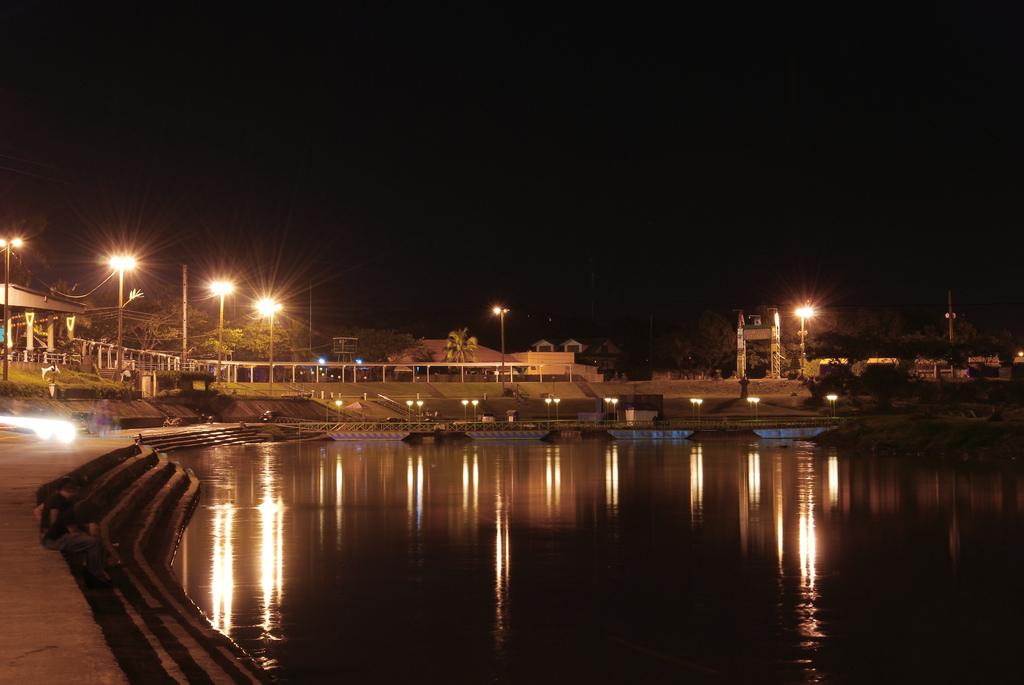Marikina River

Nestled amidst the urban landscape of Metro Manila, the Marikina River emerges as a cultural lifeline, weaving a rich tapestry of heritage, tradition, and identity. As the largest tributary of the Pasig River, this iconic waterway originates from the rugged terrain of the Sierra Madre Mountains in Rodriguez, Rizal province, before meandering its way through the eastern outskirts of the Philippine capital. In this exploration, we delve deep into the cultural importance of the Marikina River, uncovering its role as a source of inspiration, connection, and community for generations past and present.
The Marikina River: A Cultural Nexus:
Before delving into the intricacies of its cultural significance, it’s crucial to understand the Marikina River’s role as a cultural nexus within the fabric of Metro Manila’s urban environment. From its headwaters in the Sierra Madre Mountains to its confluence with the Pasig River, the Marikina River traverses a diverse landscape, encompassing bustling urban centers, verdant parks, and vibrant waterfronts. Along its banks, a myriad of cultures, traditions, and beliefs converge, reflecting the rich mosaic of Philippine heritage and identity.
Cultural Heritage and Indigenous Roots:
At the heart of the Marikina River’s cultural significance lie its indigenous roots and heritage, dating back to ancient times. The indigenous peoples of the Marikina basin, including the Tagalog, Dumagat, and Remontados, were among the earliest inhabitants of the region, shaping its landscape and identity through their customs, traditions, and way of life. Their deep connection to the land and water, coupled with their reverence for nature and the spirits that dwell within it, laid the foundation for the region’s cultural heritage, which continues to resonate to this day.
Colonial Influences and Historical Legacies:
Throughout its history, the Marikina River has been shaped by successive waves of colonization and foreign influences, each leaving its mark on the cultural landscape of the region. Spanish colonizers, including missionaries and settlers, established missions and settlements along the riverbanks, introducing Catholicism, Hispanic customs, and architectural styles that still endure in the form of churches, ancestral homes, and colonial-era structures. Similarly, American colonial rule brought modernization, education, and cultural exchange, leaving a legacy of English language, education, and democratic ideals that continue to shape Philippine society.
Artistic Inspiration and Creative Expression:
Beyond its tangible heritage and historical landmarks, the Marikina serves as a wellspring of artistic inspiration and creative expression for generations of artists, writers, and cultural practitioners. From poets and painters to musicians and performers, the river’s serene beauty, scenic vistas, and tranquil ambiance have inspired works of art, literature, and music that capture the essence of Philippine culture and identity. Moreover, cultural events, festivals, and celebrations held along the riverbanks provide opportunities for communities to come together, celebrate their shared heritage, and foster a sense of belonging and pride.
Environmental Conservation and Community Engagement:
In recent years, there has been a growing recognition of the Marikina River’s cultural importance as a natural resource and environmental asset, prompting efforts to conserve and protect its ecological integrity. Community-based initiatives, conservation projects, and advocacy campaigns have emerged, aimed at preserving the river’s biodiversity, restoring its ecosystems, and promoting sustainable development practices. Moreover, grassroots movements and volunteer efforts have mobilized local residents, businesses, and government agencies to take collective action in safeguarding the river for future generations.
Conclusion:
In conclusion, the cultural importance of the Marikina River extends far beyond its physical presence as a waterway; it serves as a cultural touchstone, connecting past and present, nature and humanity, tradition and innovation. From its indigenous roots and colonial legacies to its role as a source of artistic inspiration and environmental stewardship, the river embodies the essence of Philippine culture and identity. As we continue to navigate the currents of time, let us cherish and preserve the cultural heritage of the Marikina, ensuring that its legacy endures for generations to come.
Know More about the Marikina River.
What are The Religious Places of the Marikina River?
When Did The Marikina River Basin Become a Focus?
Where is The Marikina River Located?
Who Were The Key Historical Figures and Civilizations of The Marikina River?
How to Reach Marikina River?




